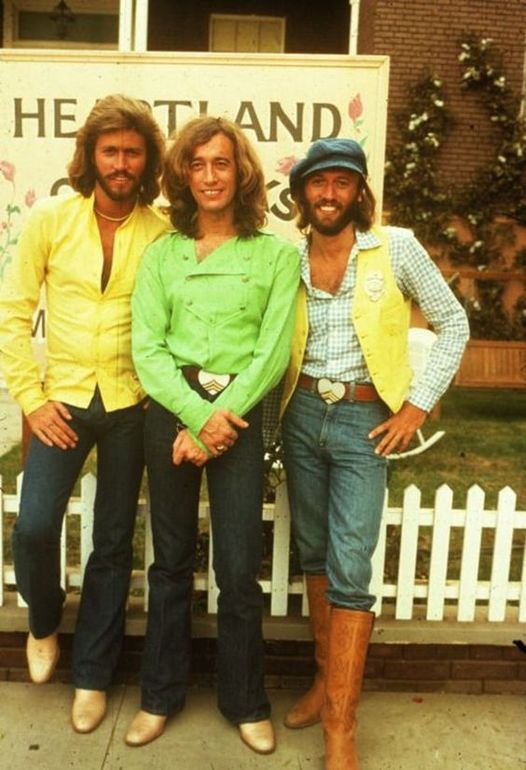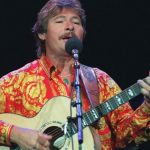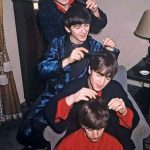Bee Gees – Kitty Can


The Bee Gees’ “Kitty Can” is a song synonymous with the infectious energy of the disco era. Released in 1976, it became a landmark track for the band, showcasing their artistic evolution towards the pulsating rhythms and soaring vocals that would define their later sound.
While the Bee Gees had already achieved international success in the late 1960s with their pop ballads and rock-tinged melodies, “Kitty Can” marked a significant shift. The Gibb brothers, Barry, Robin, and Maurice, wrote and produced the song themselves. They incorporated elements that were emblematic of the burgeoning disco scene: a driving four-on-the-floor beat, a thumping bassline, and layers of shimmering synthesizers.
The song’s title, “Kitty Can,” remains playfully enigmatic. There’s no definitive explanation for its meaning, though speculation suggests it could be a nickname or a term of endearment. Regardless of its origin, the title adds to the song’s lighthearted and carefree vibe.
“Kitty Can” showcased the full range of the Brothers Gibb’s vocal talents. Robin’s distinctive falsetto takes center stage, weaving through the melody with effortless precision. Barry and Maurice provide rich harmonies and soulful backing vocals, creating a layered and textured soundscape.
The impact of “Kitty Can” was undeniable. It became a commercial juggernaut, topping the charts in several countries including the United States, Canada, and Australia. The song’s infectious energy translated perfectly to the dance floor, establishing itself as a disco anthem It became a staple in nightclubs worldwide and remains a popular choice for DJs and party playlists even today.
“Kitty Can” also resonated on a cultural level. Its release coincided with the height of the disco era, a period marked by social liberation and a celebration of self-expression. The song’s upbeat tempo and playful lyrics captured the spirit of the time, making it a soundtrack to countless memories.
Beyond its chart-topping success and cultural influence, “Kitty Can” is considered a pivotal moment in the Bee Gees’ career. It solidified their place as one of the leading voices in disco and paved the way for their continued success throughout the late 1970s and beyond. The song’s enduring legacy lies in its ability to encapsulate the essence of disco: a potent blend of musical innovation, infectious energy, and pure pop brilliance.











